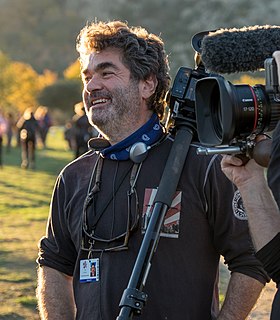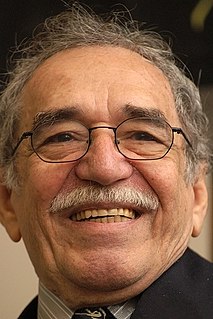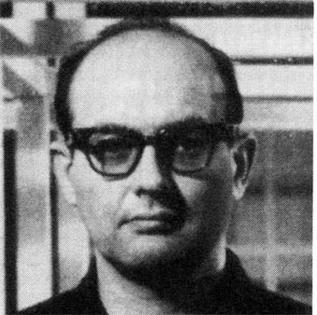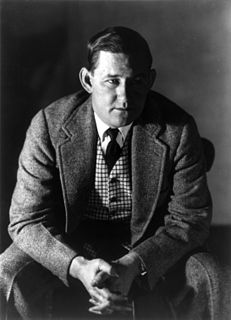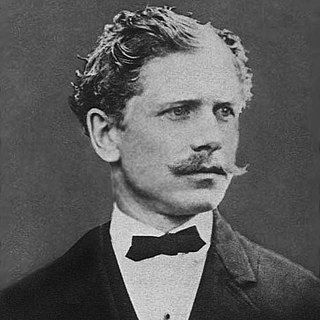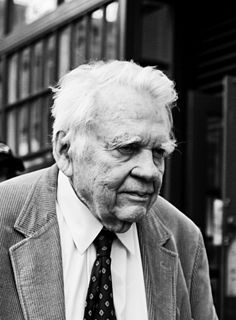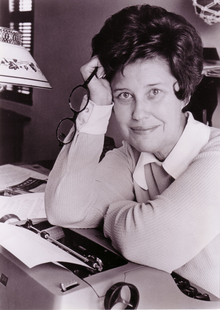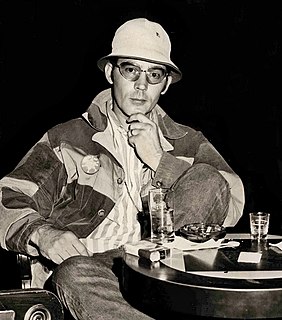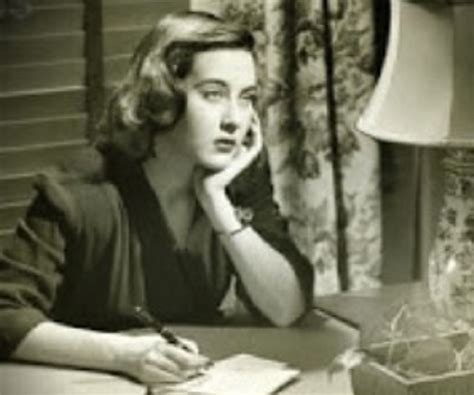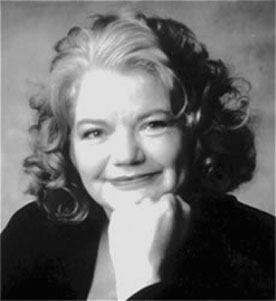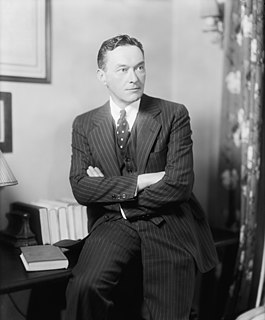A Quote by Keith Jackson
Amplify, clarify, and punctuate, and let the viewer draw his or her own conclusion.
Related Quotes
Slowly his resistance ebbed. She felt the change in his body, the relaxing of tension, his shoulders curving around her as if he could draw her into himself. Murmuring her name, he brought her hand to his face and nuzzled ardently into her palm, his lips brushing the warm circlet of her gold wedding band. “My love is upon you,” he whispered…and she knew then that she had won.
I really needed to dramatize and clarify that Rachel was taking strides towards her own healing and her own sobriety - and that she was actually thoroughly frightened about what she may have done.This was something that was so beautifully done in the book [The Girl on the Train] through inner monologue, but I couldn't just have a whole film filled with inner monologues. So going to Alcoholics Anonymous was a very simple solution to that problem.
Everything that belonged to her husband made her weep again: his tasseled slippers, his pajamas under the pillow, the space of his absence in the dressing table mirror, his own odor on her skin. A vague thought made her shudder: "The people one loves should take all their things with them when they die.
[The artist's aim is] not to instruct the viewer, but to give him information... . The artist would follow his predetermined premise to its conclusion, avoiding subjectivity. Chance, taste, or unconsciously remembered forms would play no part in the outcome. The serial artist does not attempt to produce a beautiful or mysterious object but functions merely as a clerk cataloguing the results of his premise.
He wanted her. He knew where to find her. He waited. It amused him to wait, because he knew that the waiting was unbearable to her. He knew that his absence bound her to him in a manner more complete and humiliating than his presence could enforce. He was giving her time to attempt an escape, in order to let her know her own helplessness when he chose to see her again.
She poked him in the center of his chest with two fingers to punctuate her words. “You are an unfeeling”—poke —“traitorous”—poke—“mistrusting”—poke—“rude”—poke —“booby!” Every poke turned him mortal, but Lord Maccon didn’t seem to mind it in the least. Instead he grabbed the hand that poked him and brought it to his lips. “You put it very well, my love.
Look at a football field. It looks like a big movie screen. This is theatre. Football combines the strategy of chess. It's part ballet. It's part battleground, part playground. We clarify, amplify and glorify the game with our footage, the narration and that music, and in the end create an inspirational piece of footage.



